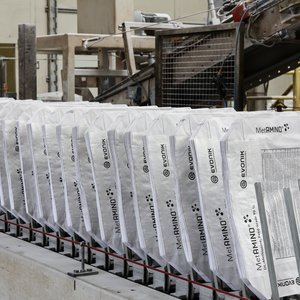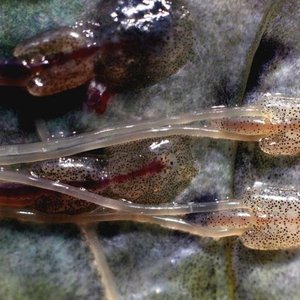Htoo Thit, one of the largest aquafeed mills in Myanmar, has purchased 8,000 metric tons (MT) of US soybean meal since 2015 and has plans to purchase additional supplies this season.
It attributes the motivation for a recent feed mill expansion to USSEC’s training and feed demonstrations that have convinced the local fish farmers to convert to high quality, formulated floating feeds using US soybean meal and soy oil as feed ingredients.
Last season, about 25,500 MT of US soybean meal was imported into Myanmar for animal feed production and imports are predicted to outpace last season’s volume.
USSEC launched its Myanmar aquaculture program in 2012 with a limited scope at the onset, but expanded its marketing efforts in 2013 and 2014. In 2012-2013, Indian soybean meal was the only option for Myanmar’s feed industry as its only trade relations were with the neighboring countries of China, India, Bangladesh, Thailand and Laos as the result of decades of political and economic isolation under the old political regime.
The USSEC aquaculture program, which promoted the use of soy-optimized feeds, started introducing information about US Soy to the industry through its trade and technical activities to the local feed mills and farmers when the government began opening up to international organizations.
It took some time to convince the industry to try US soybean meal because of the higher price and payment issues in Myanmar as a result of tight foreign exchange controls. USSEC persisted, providing regular technical support, and organized workshops to explain the importance of using good quality feed ingredients and the value of US soybean meal.
The Htoo Thit Company was one of the first to purchase US soybean and today it is one of the largest users of this product in its feed formulations.










